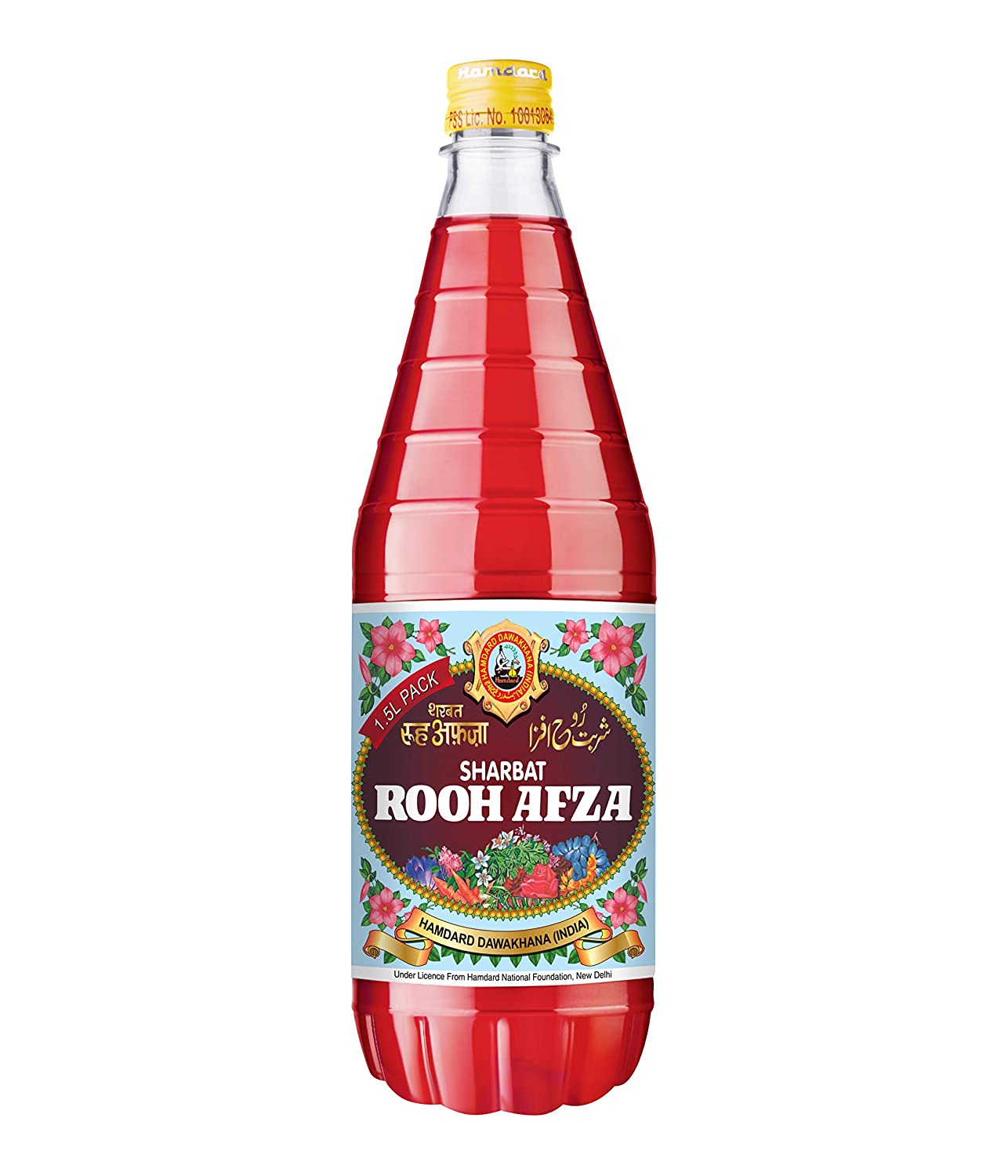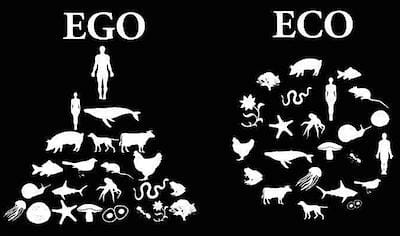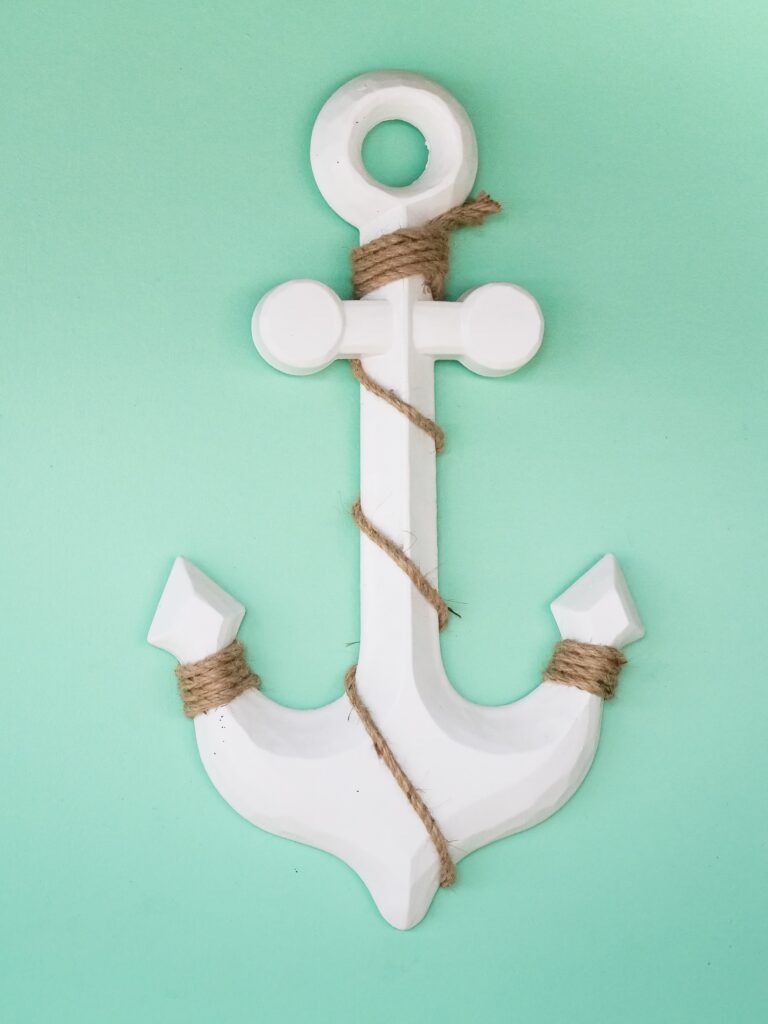Rooh Afza – The Refresher

In drinks to beat the heat, Rooh Afza has a special place. It has a long history and is manufactured in India, Pakistan & Bangladesh.
Hakeem Muhammad Kabeeruddin formulated Rooh Afza in 1906 in Ghaziabad and introduced by Hakim Hafiz Abdul Majeed in Old Delhi, India.
Hakim Hafiz Abdul Majeed set out to develop a herbal concoction to alleviate the heat experienced by the residents of Delhi. To combat heat stroke and minimise dehydration, a drink was formulated using herbs and syrups from traditional Unani medicine. The beverage is often drunk during iftar during the holy month of Ramadan.
Portulaca seeds, chicory, grapes, coriander, and other assorted herbs with sweet odour-infused flowers concoct the famous rose drink, found in traditional mixtures, called Sharbat Rooh Afza.
A meaning of Rooh Afza is “refresher of the soul.” Cultural references may have influenced the name. In the 1254 book Masnavi Gulzar-e-Nasim by Pandit Deya Shankar Nasim, the name “Rooh Afza” is mentioned and originated from a character. “Rooh Afza” was the daughter of the Firdaus ruler (Heaven).
In 1910, artist Mirza Noor Ahmad created the colourful Rooh Afza label.
When creating the logo, it was made sure to take into account all the ingredients which went into making the drink. Yes, that logo hasn’t changed. To make sure the colours were accurate, however, they chose to have the logo printed in Bombay rather than Delhi. The illustration ‘was therefore printed by special arrangement by the Bolton Press of the Parsees of Bombay.
There was no standard packing for Rooh Afza when it first launched. To save money, Hakim Said and his team used recycled bottles and individually applied labels. White bottles of identical size (750 ml) and in the same shape, nicknamed “pole” bottles, were acquired for the first time for Rooh Afza, the design of which came from Germany. These bottles were expensive, so they were collected in the off-season to be recycled. Butter paper had never been used before, and Rooh Afza was the first to use it.
Rabea Begum, Majeed’s widow, set up a charity trust in their names and that of their two kids after his death.




Following the partition of India in 1947, while the elder son, Hakim Abdul Hameed, stayed back in India, the younger son, Hakim Mohammad Said, migrated to Pakistan on January 9, 1948, and started a separate Hamdard Company from two rooms in the old Arambagh area of Karachi. Hamdard Pakistan finally became profitable in 1953. Hakim Mohammad Said had opened a branch of Hamdard in the former East Pakistan. According to Hakim Mohammad Said’s daughter, Sadia Rashid, chairperson of Hamdard Pakistan in 2019, her father gifted the business to the people of Bangladesh after their independence in 1971.
Hakim Abdul Hameed (Hakim Majeed’s eldest son) remained in India after 1947’s partition, his younger brother Hakim Mohammad Said moved to Pakistan on January 9, 1948, and there he established a new branch of the Hamdard Company out of a pair of rooms in Karachi’s historic Arambagh neighbourhood. By 1953, business at Hamdard Pakistan had turned a profit. Hakim Mohammad Said established Hamdard’s East Pakistan outpost. The current chairman of Hamdard Pakistan, Sadia Rashid, claims that her father, Hakim Mohammad Said, gave the company to the people of Bangladesh following their independence in 1971.
One of the many reasons for Rooh Afza’s enormous success is the variety of uses to which it may be put to use. Sherbets, cold milk drinks, ices, and cold sweets like falooda all use Rooh Afza in their making.



